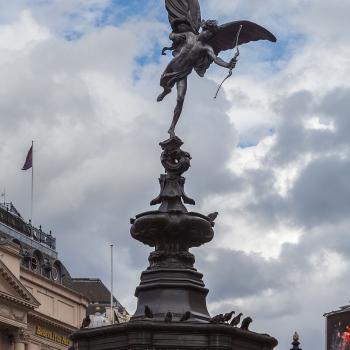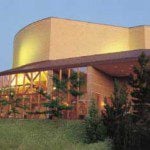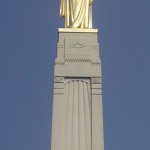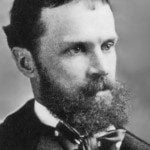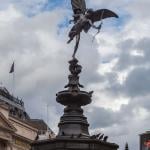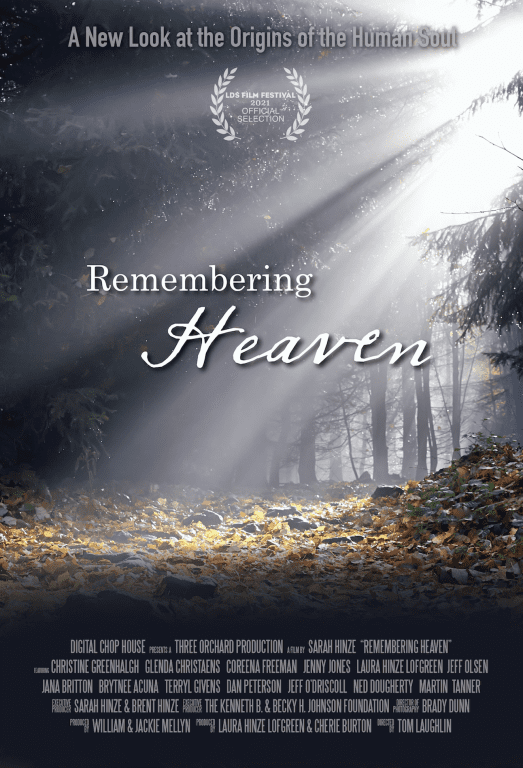
I’ve already mentioned that the Interpreter Foundation’s theatrical film, Witnesses, will be featured at the LDS Film Festival in Orem, Utah, toward the end of February. There is another film that will be shown there with which I have a slight connection: Remembering Heaven includes interviews with, among others, Terryl Givens, Martin Tanner, and, well, me. I myself haven’t yet seen it; I hope that my participation hasn’t done it too much damage.
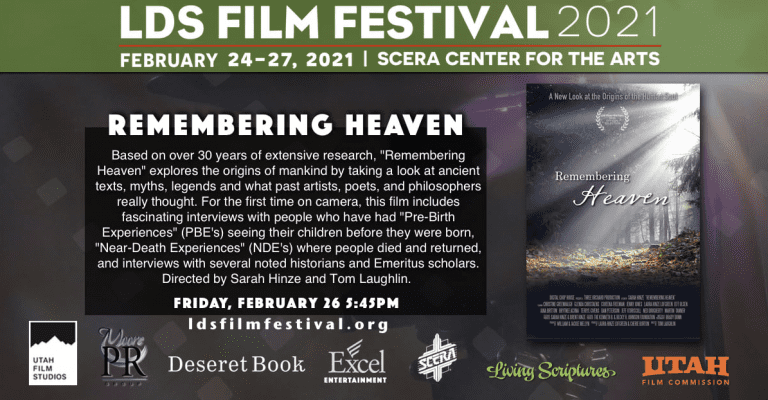
***
I’ve been saddened to come across still more evidence of apostasy among some who are on what might be termed the Latter-day Saint “right” — using that term more culturally and doctrinally than politically, although I suspect a considerable overlap with what some, at least, regard as the political right. (See my previous blog entry on the subject: “On the General Authorities’ Endorsement of Global Communism.”) I’m encountering people upset with the Brethren because some of them received COVID-19 vaccination, because of modifications in the way the temple endowment is presented, because of one or more of the Gospel Topics essays, because (unlike certain Protestant clergymen who are said to have behaved like genuine prophets) the General Authorities didn’t denounce the results of the 2020 presidential election, and so on and so forth.
A trio of prophetic passages have been on my mind as I’ve considered this:
I will give you one of the Keys of the mysteries of the Kingdom. It is an eternal principle, that has existed with God from all eternity: That man who rises up to condemn others, finding fault with the Church, saying that they are out of the way, while he himself is righteous, then know assuredly, that that man is in the high road to apostasy; and if he does not repent, will apostatize, as God lives. (History of the Church, 3:385; from a discourse given by Joseph Smith on July 2, 1839, in Montrose, Iowa; reported by Wilford Woodruff and Willard Richards.)
I will give you a key which Brother Joseph Smith used to give in Nauvoo. He said that the very step of apostasy commenced with losing confidence in the leaders of this church and kingdom, and that whenever you discerned that spirit you might know that it would lead the possessor of it on the road to apostasy. (Heber C. Kimball, first counselor to President Brigham Young, Deseret News, 2 April 1856, page 26; spelling and capitalization modernized.)
For there shall arise false Christs, and false prophets, and shall shew great signs and wonders; insomuch that, if it were possible, they shall deceive the very elect. (Matthew 24:24)
***
I was very pleased to see this:
“Louis Midgley on Hugh Nibley, the Maori, and More”
***
And here’s something new — yet again! (I know, I know; all this newness begins to be monotonous) — from the Interpreter Foundation:
***
I’m going to continue reminding people of past reviews and articles that have been published in Interpreter: A Journal of Latter-day Saint Faith and Scholarship. Here’s another handful of them:
Review of Bart D. Ehrman. Forgery and Counterforgery: The Use of Literary Deceit in Early Christian Polemics. New York and Oxford: Oxford University Press, 2012). x + 628 pp, including bibliography and index. $39.95. Hardback.
Brant A. Gardner, “From the East to the West: The Problem of Directions in the Book of Mormon”
Abstract: The 1985 publication of John L. Sorenson’s An Ancient American Setting for the Book of Mormon presented the best argument for a New World location for the Book of Mormon. For all of its strengths, however, one aspect of the model has remained perplexing. It appeared that in order to accept that correlation one must accept that the Nephites rotated north to what we typically understand as northwest. The internal connections between text and geography were tighter than any previous correlation, and the connections between that particular geography and the history of the peoples who lived in that place during Book of Mormon times was also impressive. There was just that little problem of north not being north. This paper reexamines the Book of Mormon directional terms and interprets them against the cultural system that was prevalent in the area defined by Sorenson’s geographical correlation. The result is a way to understand Book of Mormon directions without requiring any skewing of magnetic north.
Abstract: General historical consensus holds that synagogues originated before the destruction of the Second Temple in AD 70, and therefore probably originated during the Babylonian captivity. The suggestion in Philo and Josephus that synagogues may have originated during the exodus was discredited by some historians in the 17th century, yet the Book of Mormon speaks of synagogues, sanctuaries, and places of worship in a manner which suggests that Lehi and his party brought some form of synagogal worship with them when they left Jerusalem around 600 BC. This essay revisits the most up to date scholarship regarding the origin of the synagogue and suggests that the Book of Mormon record provides ample reason to look for the origins of the synagogue much earlier that has become the academic custom.
Craig L. Foster, “New Light and Old Shadows: John G. Turner’s Attempt to Understand Brigham Young”
Review of John G. Turner, Brigham Young: Pioneer Prophet (Cambridge, Massachusetts: The Belknap Press of Harvard University Press, 2012), viii, 500, map, photos, notes, index.
Hollis R. Johnson, “One Day to a Cubit”
Abstract: An investigation of ancient astronomy shows that a cubit was used not only as the metric of length (elbow to fingertip) but also as a metric of angle in the sky. That suggested a new interpretation that fits naturally: the brightest celestial object—the sun—moves eastward around the sky, relative to the stars, during the course of a year, by one cubit per day!



